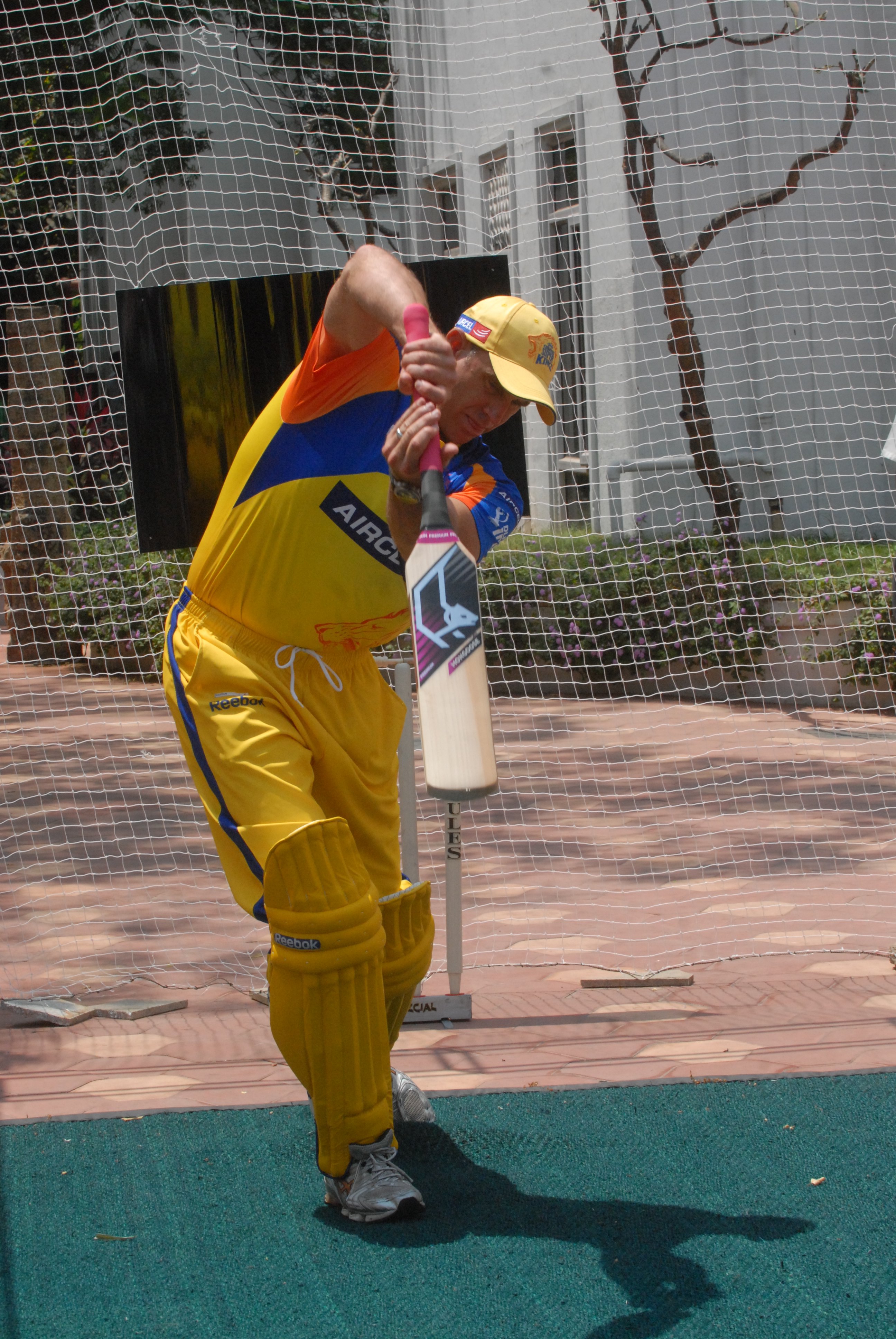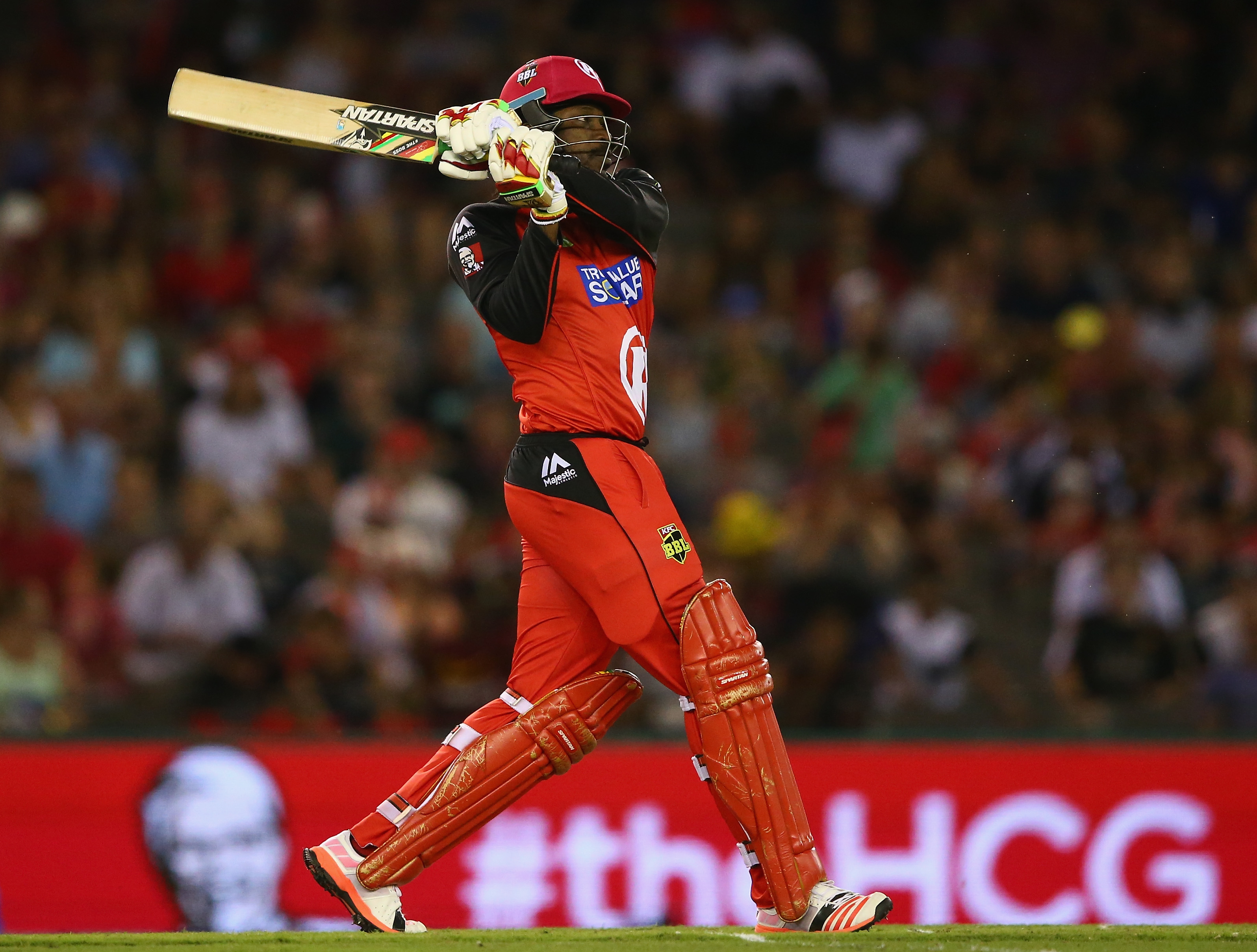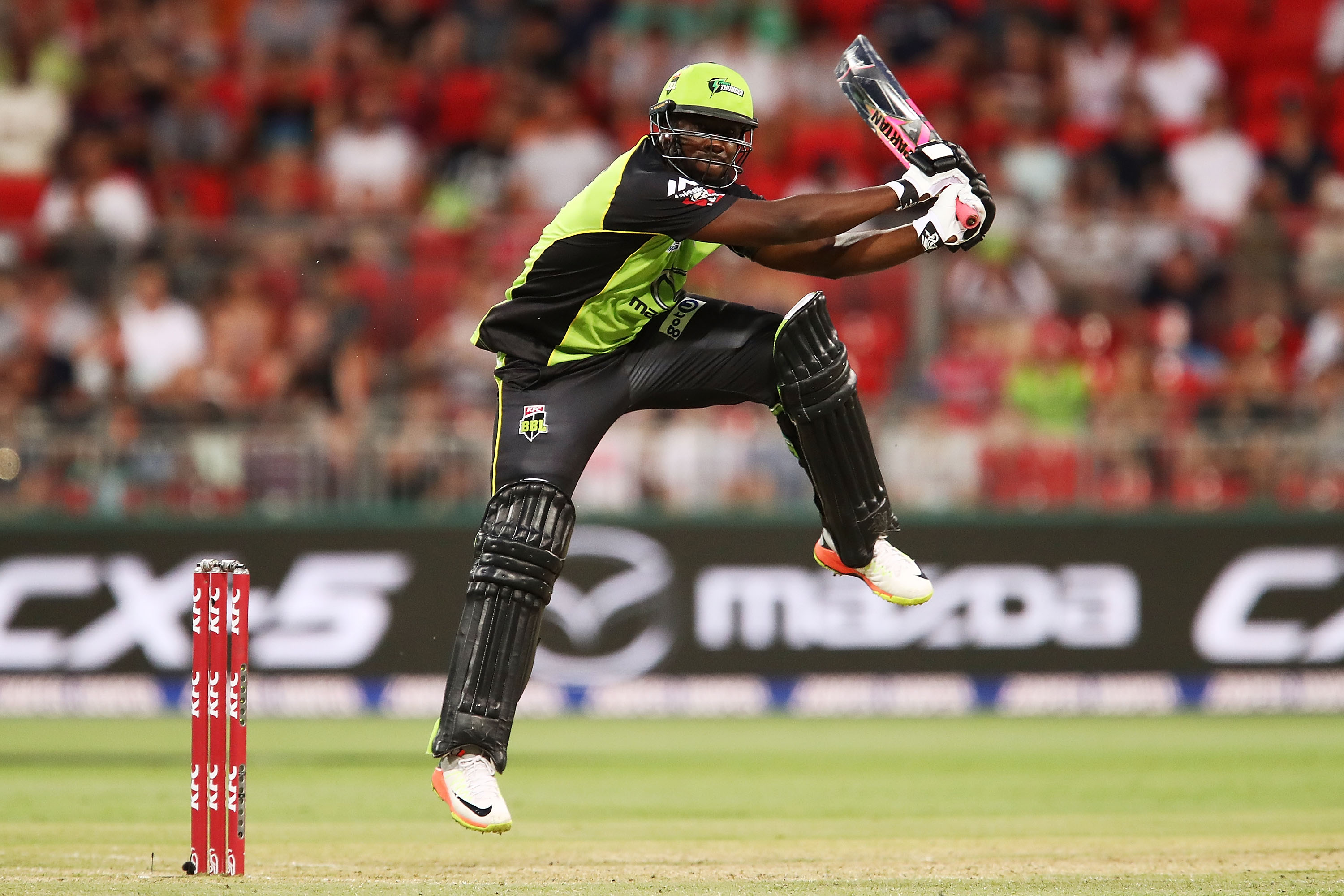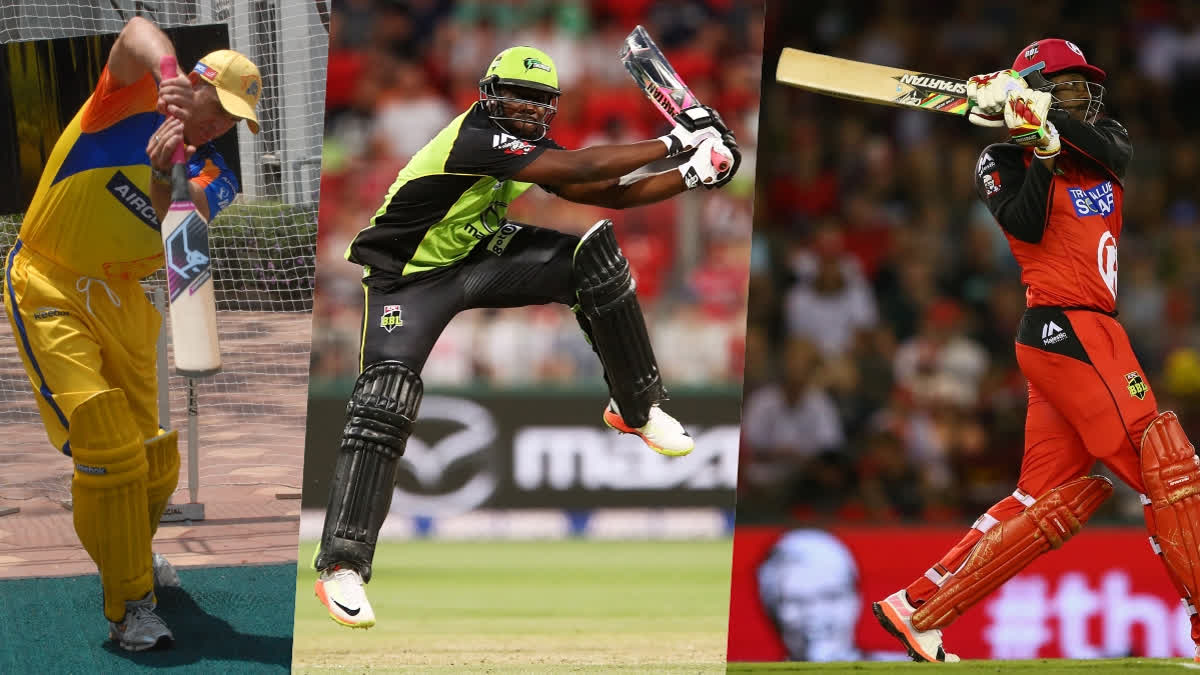In the rich and evolving history of cricket, the sport has seen its fair share of controversies. Some of the most fascinating have revolved around the equipment, especially the bat. Whether it was a clever ploy or simply innovation gone too far, cricket has witnessed several instances where bats became the center of the debate. From Thomas White’s broad bat to Andre Russell’s black-coloured willow, the evolution of cricket bats has sparked intense scrutiny over the years. Here are some notable examples of controversial cricket bats that shook the cricketing world.
Thomas White’s Monster Bat (1771)
Even before international cricket came into existence, in 1771, Thomas White came up with an idea that would forever change the way cricket was played. During a match between Chertsey and Hambleton, White came out to bat which was so wide that it could cover the entire set of stumps. White intended to block every ball coming towards the stumps and prevent himself from getting out.
However, his move was immediately protested by opposition players, led by fast bowler Thomas Brett. With no rules on bat shape and size that prohibit such an act, White’s stunt sparked discussions of a major change in the Laws of Cricket. A petition signed by Hambleton captain Richard Nyren and notable players like John Small led to the introduction of the rule that restricted the width of the bat to a maximum of four-and-a-quarter inches.
Dennis Lillee’s Aluminium Bat (1979)
Over two centuries after White’s controversial bat, the fiery Australian pacer Dennis Lillee sparked another bat-related debate when he walked out to bat-wielding an aluminium bat during the first Test of the Ashes series in Perth on December 15, 1979. Just 12 days earlier, he had used the same bat against the West Indies without any complaints.
However, this time around, when Lillee played a shot off Ian Botham that didn’t reach the boundary, Australian captain Greg Chappell intervened and asked Lillee to switch to a traditional bat, but the batter refused. The situation escalated after England skipper Mike Brearley complained about the damage the aluminium bat was causing to the ball.
Eventually, the Australian captain himself ran onto the field and handed Lillee a wooden bat, ending the saga. Despite his frustration, which saw Lillee toss the aluminium bat aside, the incident brought attention to the need for clearer guidelines on the materials used in cricket bats.
Ricky Ponting’s Carbon Graphite Bat (2006)
Arguably the greatest Australian captain Ricky Ponting, who had enjoyed success with the bat, including scoring a double century against Pakistan, found himself embroiled in a bat-related controversy in 2006 when the news of him using a bat with a thin strip of carbon graphite attached to its back came to the surface which raised concerns within the Marylebone Cricket Club (MCC).
The MCC believed that this strip provided extra power, giving Ponting an unfair advantage. After extensive review, the bat was deemed illegal, and the MCC banned it along with two other Kookaburra models—the Beast and the Genesis Hurricane. The ruling served as a reminder of the fine line between innovation and unfair advantage in cricket.
The Mongoose Bat (2010)
In the 2010 edition of the Indian Premier League (IPL), former Australian opener Matthew Hayden left everyone in awe after smashing boundaries for fun with a bat called the Mongoose. In his very first innings with the bat, while playing for Chennai Super Kings (CSK) Hayden smashed 93 off just 43 balls against the Delhi Daredevils (now Delhi Capitals), showcasing its destructive potential.
This new design, officially known as the MMi3, had a much shorter handle and an extended hitting surface, allowing the batter to put more power behind the ball. The uproar around the Mongoose was immediate, with many questioning its legality and whether it was an unfair tool in Hayden’s hands. While the bat never gained widespread popularity, it remains one of the most unique innovations to ever grace a cricket field.

Chris Gayle’s Golden Bat (2015)
West Indies legendary batter Chris Gayle, also known as Universe Boss, grabbed the attention of the entire cricketing fraternity when came out on the field with his golden bat. During the Big Bash League (BBL), Gayle, playing for the Melbourne Renegades, made headlines during his short stay at the crease, with a bat covered in a gold finish, designed by Spartan, left fans and pundits who raised concerns about the bat’s legality, speculating that it contained metal.
However, Spartan, the bat manufacturing company, quickly dispelled these rumours, stating that the gold colouring was purely aesthetic and complied with cricket’s regulations. Gayle’s golden bat was another example of how innovation in cricket equipment can blur the lines between style and functionality.

Andre Russell’s Black Bat (2016)
Not to be outdone by his fellow West Indian, all-rounder Andre Russell took things a step further in 2016 when he walked out to bat in the BBL with a striking black-coloured bat. The sight of the bat immediately caused a stir, with social media buzzing with mixed reactions.
While some praised Russell for his boldness, others questioned the legality of using such a bat in professional cricket. The controversy surrounding Russell’s black bat eventually led to it being banned due to concerns about the bat's potential to damage the ball. Nevertheless, it remains one of the more memorable moments in modern cricket.

Throughout cricket's long history, bats have often been at the centre of innovation, controversy, and rule changes. From Thomas White’s giant bat to the modern-day debates over materials and aesthetics, these instances highlight how the evolution of cricket equipment continues to push the boundaries of the sport. As cricket progresses, so too will the conversations around the tools that players use to master the game. Whether for power, style, or practicality, the bat will always remain a pivotal part of cricket's story.



